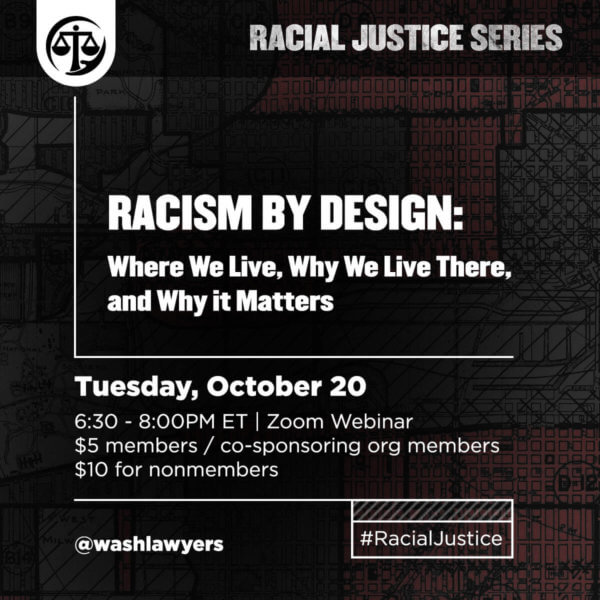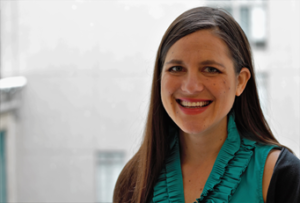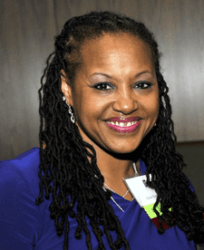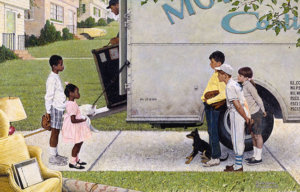
Racial Justice Series: Racism By Design Was A Wide-Reaching Discussion
By Axana Soltan
Racial segregation persists in America. On Tuesday, October 20, 2020, the Washington Council of Lawyers sponsored Racism by Design: Where We Live, Why We Live There, and Why It Matters, a timely discussion among a panel of experts examining both the historical and the present dimensions of racial segregation in housing. Specifically, the panelists discussed the myriad ways federal, state, and local policies have promoted structural racial inequality in education, public health, voting, criminal justice, and more. Reed Colfax, a partner at Relman Colfax, moderated the discussion.
Reed began the session by contextualizing the present reality of housing segregation and noting how housing laws and public policies have impacted structural and racial inequality.

“We live in a hyper-segregated geography. Segregation is the cause of steering, refusals to rent, blockbusting, harassment, restrictive covenants, zoning, redlining, intimidation, and more. Segregated communities of color have been purposely under-resourced. Persistent poverty lines up predominantly with African-Americans. Poor school performance lines up with segregated cities. Simply put—segregation is still here and continues to exist today.”
The first speaker was Dr. Gregory Squires, Professor of Sociology and Public Policy and Public Administration at George Washington University. Gregory discussed the history of housing discrimination and racial segregation in America since the passing of the Fair Housing Act in 1968. He referred to a historic 1965 painting from the quintessential Americana painter, Norman Rockwell, to provide the audience with context on the fair-housing issue.
Gregory explained, “It is a mixed bag. This picture captures the ambivalence with which we have approached the fair-housing issues. In this picture, we see a black family moving into a white neighborhood. Everything looks fine and dandy. What you cannot see is that there is a window. In the window, there is the face of an older white man that is looking out and is very unhappy about what he is seeing. This captures the ambivalence that we have approached fair housing.”
 Gregory also explained that hyper segregation persists in neighborhoods where the Black population is high. In 2014, 28 % of White Americans reported that they should have the right to keep Black Americans out of their neighborhood and would favor a law allowing such discrimination.
Gregory also explained that hyper segregation persists in neighborhoods where the Black population is high. In 2014, 28 % of White Americans reported that they should have the right to keep Black Americans out of their neighborhood and would favor a law allowing such discrimination.
In the last two to three years, he revealed that there have been dramatic policy reversals. Further, compared to thirty and forty years ago, there is an increasing number of advocates, including non-profit organizations, researchers, academicians, and lawyers, working to break down many of the barriers that persist.
Intersection of Housing, Segregation and Education

“There is an intersection between housing, segregation and education. All three of these are intimately intertwined. Therefore, we have to think about dynamic solutions when we discussing these issues.”
Genzi Bonadies Torres, Counsel at Lawyers’ Committee for Civil Rights Under Law, then discussed a critical step in the desegregation of America’s schools, the 1954 Supreme Court decision in Brown v. Board of Education, which was handed down before the Fair Housing Act of 1968. In Brown, the Supreme Court ruled that racial segregation in public schools violated the Equal Protection Clause of the 14th Amendment. As a result of this holding, non-White students could no longer be prohibited from attending predominantly White and well-resourced public schools on account of their race. The Court clarified that the policy of “separate but equal” was unconstitutional.
Reed asked Genzie whether segregation has improved in the nearly 70 years since the Brown decision. Genzie explained, “Brown never fulfilled its promise.”
Public education in America continues to be recognized as a separate and unequal system, driven in large part by housing law and public policy. We have designed school systems that depend on property taxes for a significant portion of their funding, generally around 45% of school budgets. Schools are being funded based on housing values. The funding of public schools is also racialized. Public schools in high poverty and predominantly Black and Brown communities are frequently funded less, while public schools in predominantly White neighborhoods are funded more. Despite the ruling in Brown, racial segregation is still alive.
The third speaker was Alicia Horton, Executive Director from Thrive DC, a non-profit organization fighting to eradicate homeless in the District of Columbia. When asked about the impact of housing segregation on the clients that Thrive DC serves in the District, Alicia said,

“It is demoralizing. Who wants to be on the street in the middle of a global pandemic? So many people are in this predicament. They are afraid to go to shelters because the disease rates are higher there. All my clients ask for is a better life and a place they can lay their heads in…”
Thrive DC works every day with individuals and families that do not even stand a chance. They are experiencing discrimination on many levels. However, housing security is the primary destabilizing factor in their lives. Alicia sees clients who are looking for opportunities to get back on their feet and struggling to find ways to stabilize their lives and to find self-sufficiency and independence that so many of us take for granted.
Clients that have finally obtained a housing voucher spend months searching for rental housing that will accept their voucher. Even when housing has been located, there are often weeks and sometimes months spent on scheduling an inspection. If the house does not pass inspection, the clients are back to square one.
Often, the housing that clients find is substandard and located in neighborhoods that are not safe and not thriving. Such neighborhoods frequently do not provide adequate governmental resources and services that families need. Alicia explained that without a place you can call “home” and feel safe, it is not really a home. It is just a place to lay your head. To Alicia, the right to quality housing must be available to all.
If you missed the opportunity to attend this Racial Justice Series panel, a recording is available here.
Axana Soltan is a third-year law student at the University of District of Columbia David A. Clarke School Of Law. She is passionate about criminal law and aspires to become an appellate lawyer in Virginia. When she is not studying law, Axana manages a non-profit organization called Enhancing Children’s Lives, an organization dedicated to providing access to meal nourishment, education, advocacy, and medical care to children within the District of Columbia and beyond.







